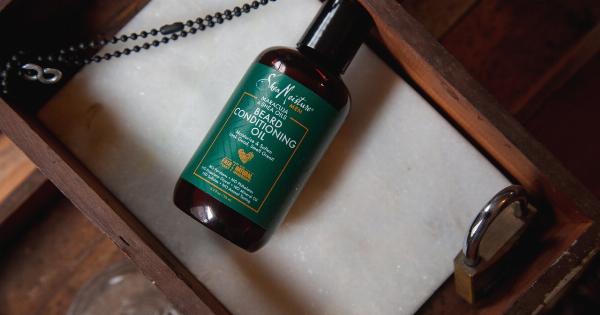Are you worried about hair loss? Do you constantly find strands of hair on your brush or in the shower? Hair loss can be a challenging issue to deal with, but there are solutions out there that can help.
One such solution is using specialty hair loss tweezers.
What are Hair Loss Tweezers?
Hair loss tweezers, also known as scalp tweezers or anti-hair loss tweezers, are specifically designed tools to combat hair loss. These tweezers are equipped with fine-pointed tips that allow you to grasp and remove individual hairs effectively.
They are typically made of high-quality stainless steel to ensure durability and precision.
How Do Hair Loss Tweezers Work?
The process of using hair loss tweezers is straightforward. It involves gripping individual hairs with the tweezers and gently pulling them out from the root. This process is known as plucking.
By removing the hair from the root, it allows new hair to grow in its place.
Hair loss tweezers are particularly useful for individuals with conditions such as alopecia areata or trichotillomania.
Alopecia areata is an autoimmune disorder that causes patches of hair loss, while trichotillomania is an impulse control disorder characterized by the urge to pull out one’s hair.
Benefits of Hair Loss Tweezers
Using hair loss tweezers comes with several benefits:.
1. Precision
Hair loss tweezers provide precise control, allowing you to target specific areas and remove individual hairs without causing any damage to the surrounding hair.
2. Convenience
These tweezers are compact and portable, which means you can use them anytime and anywhere. Whether you are at home or traveling, you can easily carry them in your bag or pocket.
3. Cost-Effective
Compared to other hair loss treatments, such as medications or hair transplants, hair loss tweezers are a cost-effective solution. They are a one-time investment that can be used for an extended period.
4. Non-Invasive
Plucking hair using tweezers is a non-invasive method. It does not involve any chemicals, surgeries, or medical procedures, making it a safe option for individuals who prefer a natural approach.
5. Regrowth Stimulation
When you remove a hair from the root using tweezers, it stimulates the surrounding follicles, promoting new hair growth. Over time, this can lead to thicker and fuller hair.
Choosing the Right Hair Loss Tweezers
When selecting hair loss tweezers, there are a few factors you should consider:.
1. Quality
Ensure that the tweezers are made of high-quality stainless steel. This will ensure durability and prevent any issues with rusting or breakage.
2. Precision Tips
Look for tweezers with fine-pointed tips for precise and easy hair removal. The tips should be aligned properly to ensure a firm grip on the hair.
3. Comfort
Check if the tweezers have an ergonomic design, with a comfortable handle that provides a good grip. This will prevent any strain on your hand or fingers during use.
Tips for Using Hair Loss Tweezers
Using hair loss tweezers correctly can maximize their effectiveness. Here are a few tips to keep in mind:.
1. Cleanse Your Scalp
Before using tweezers, cleanse your scalp thoroughly. This will remove any dirt, oils, or product buildup, making it easier to pluck the hairs.
2. Sterilize the Tweezers
It’s essential to keep your tweezers clean and free from bacteria. Sterilize them regularly using rubbing alcohol or hydrogen peroxide.
3. Pluck One Hair at a Time
Take your time and pluck one hair at a time. Rushing through the process may result in unnecessary pain or damage to the surrounding hair follicles.
4. Avoid Over-Plucking
Do not over-pluck your hair. It’s essential to maintain a balance and allow your hair to regrow naturally. Over-plucking can lead to thinning or bald patches.
5. Be Gentle
Handle your hair and scalp gently when using hair loss tweezers. Avoid applying excessive force or pulling aggressively, as it can cause irritation or inflammation.
Conclusion
Hair loss can be a distressing experience, but with the right tools and techniques, it is possible to combat it. Hair loss tweezers offer a convenient and cost-effective solution for individuals looking to tackle hair loss at home.
By using these tweezers correctly and consistently, you can stimulate regrowth and achieve healthier, fuller hair.
















